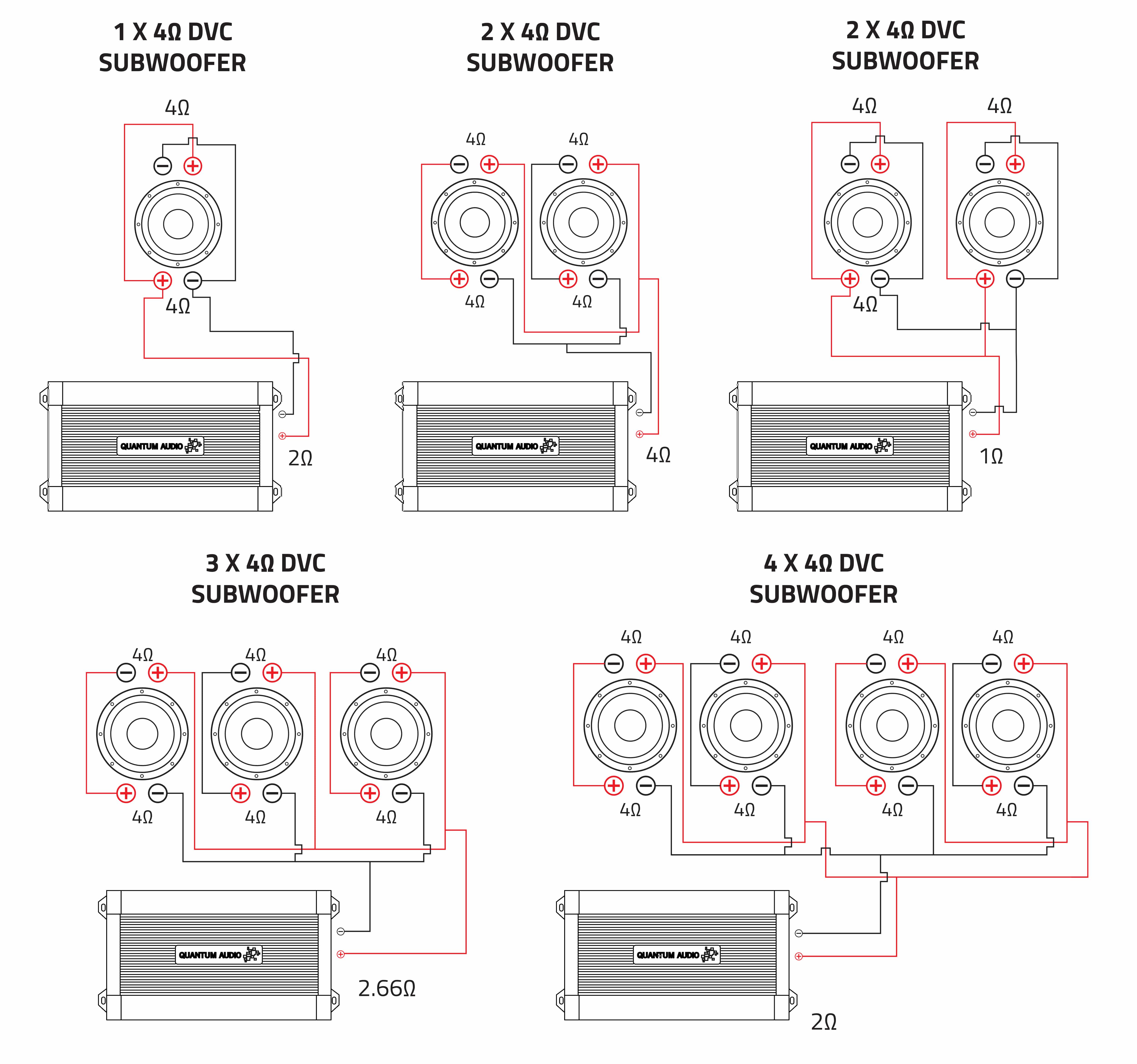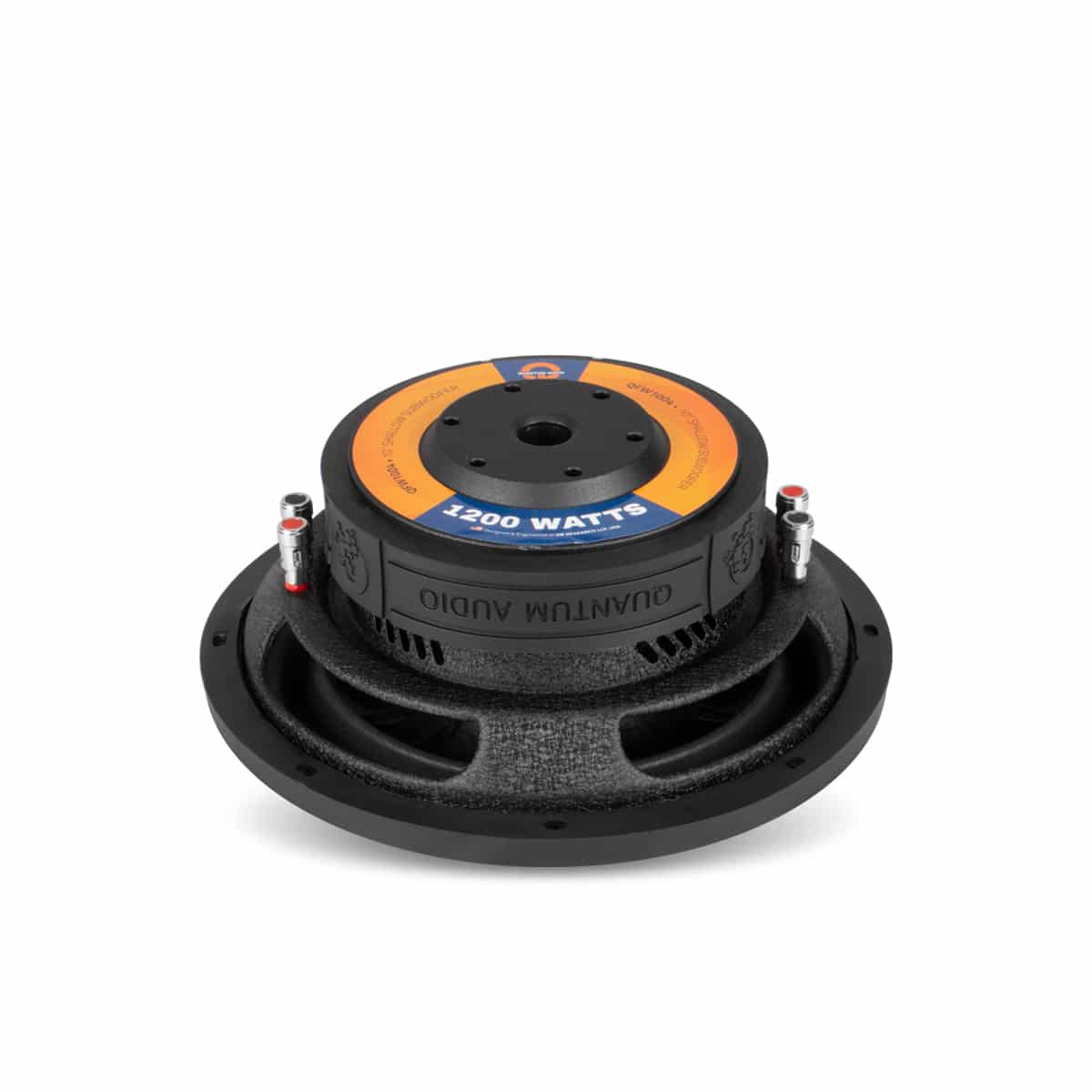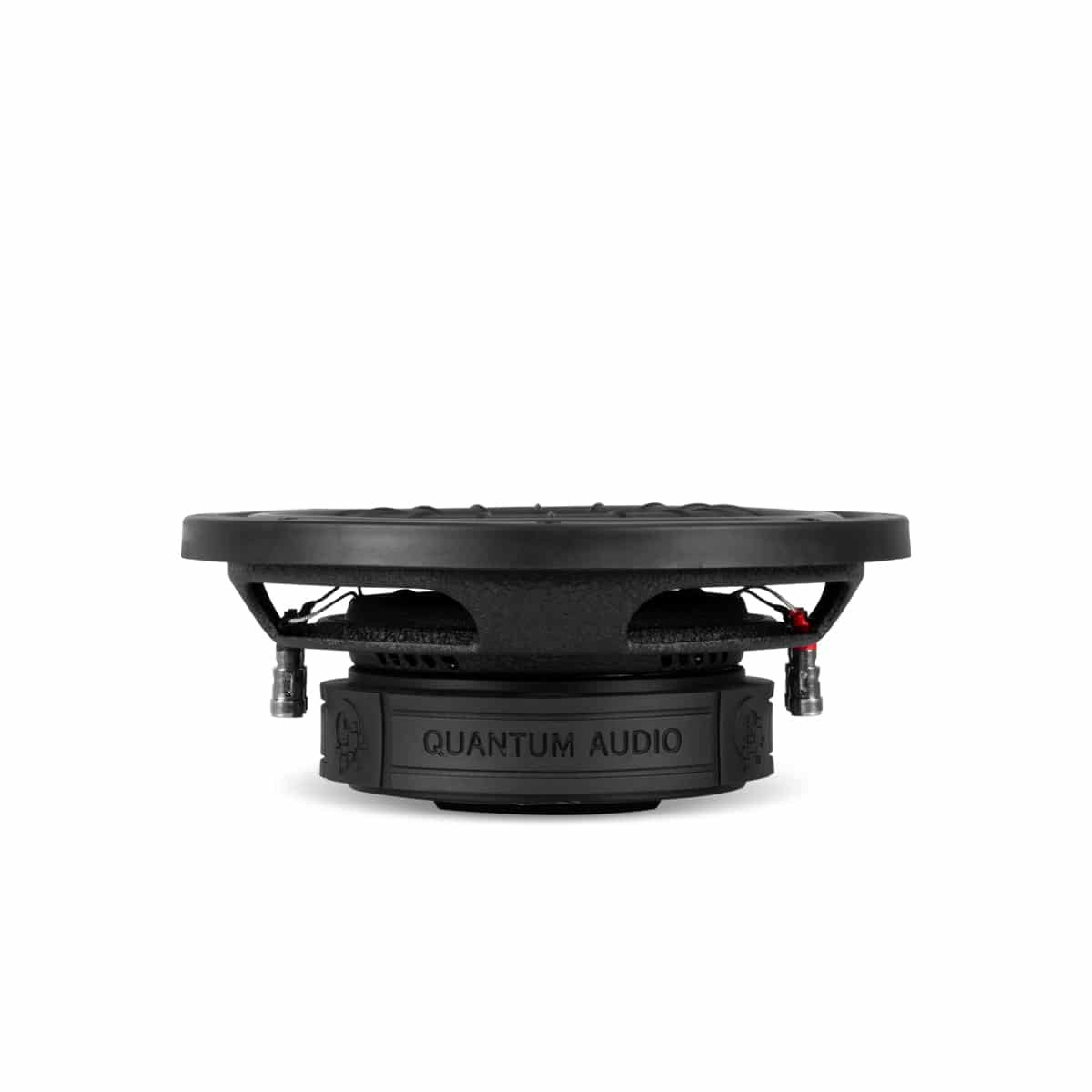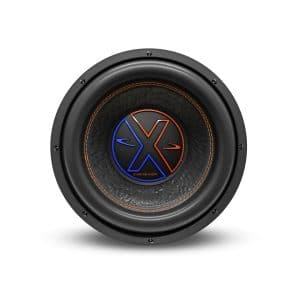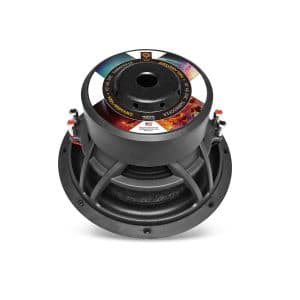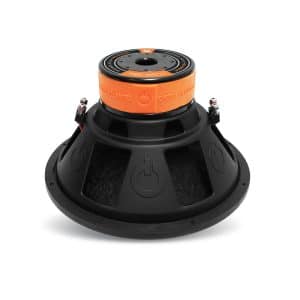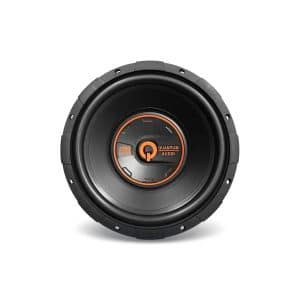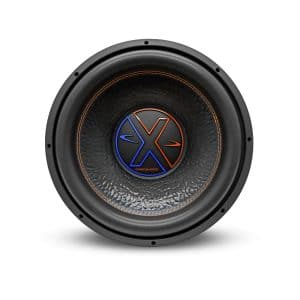QFW10D4
$179.99
Out of stock
Our engineers have designed this subwoofer from the ground up to shake the ground up. The foam surround along with the die-cast aluminum vented basket allow for maximum excursion while the protective magnet cover gives the woofer a rugged yet stylish appearance.
- Optimized for sealed enclosures
- Polyproplene Cone
- Large Gauge compression terminals
- Shallow basket design with integrated venting
- Injection Molded PP Dust Cap
- PVC Gasket trim ring
Physical Structure
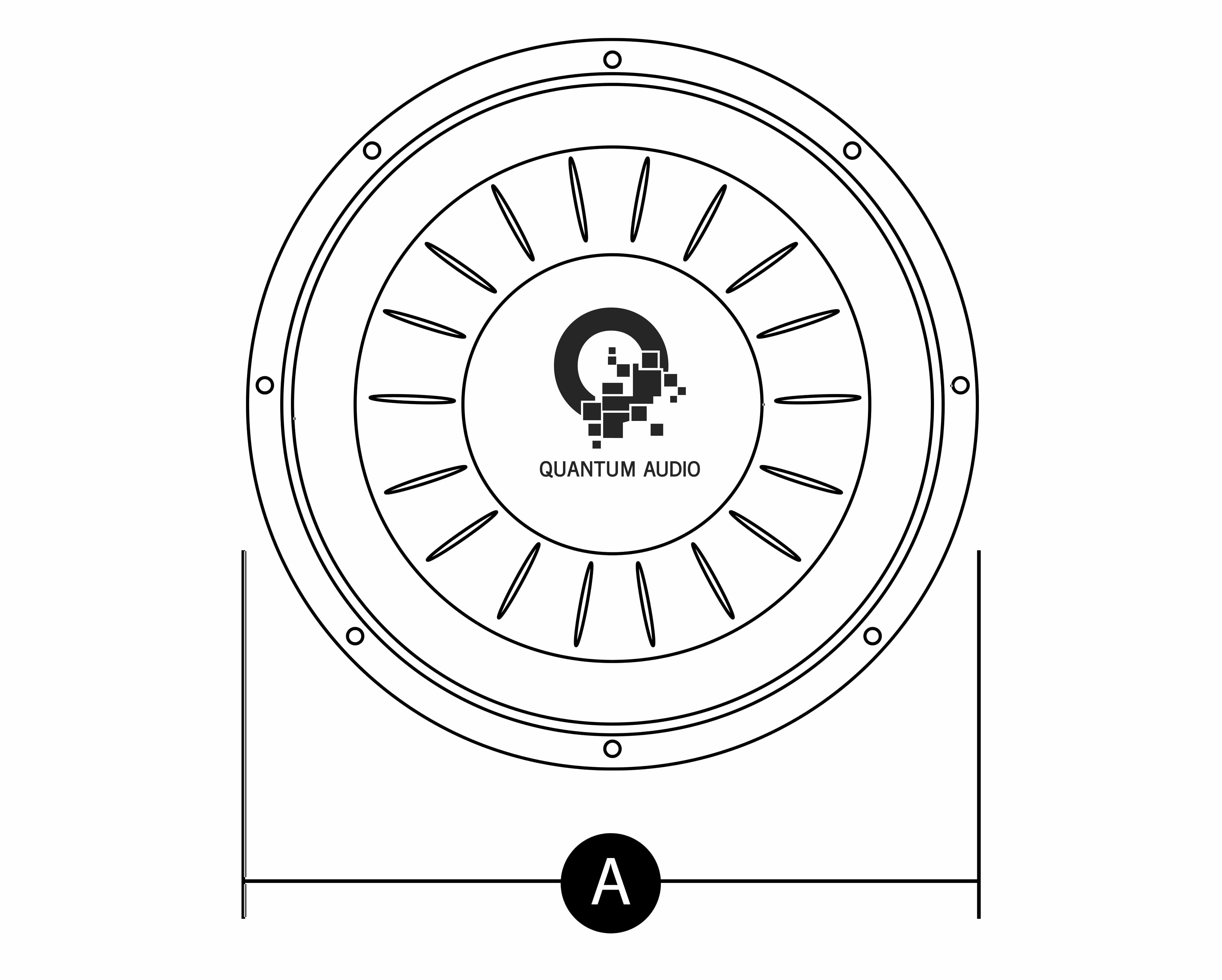
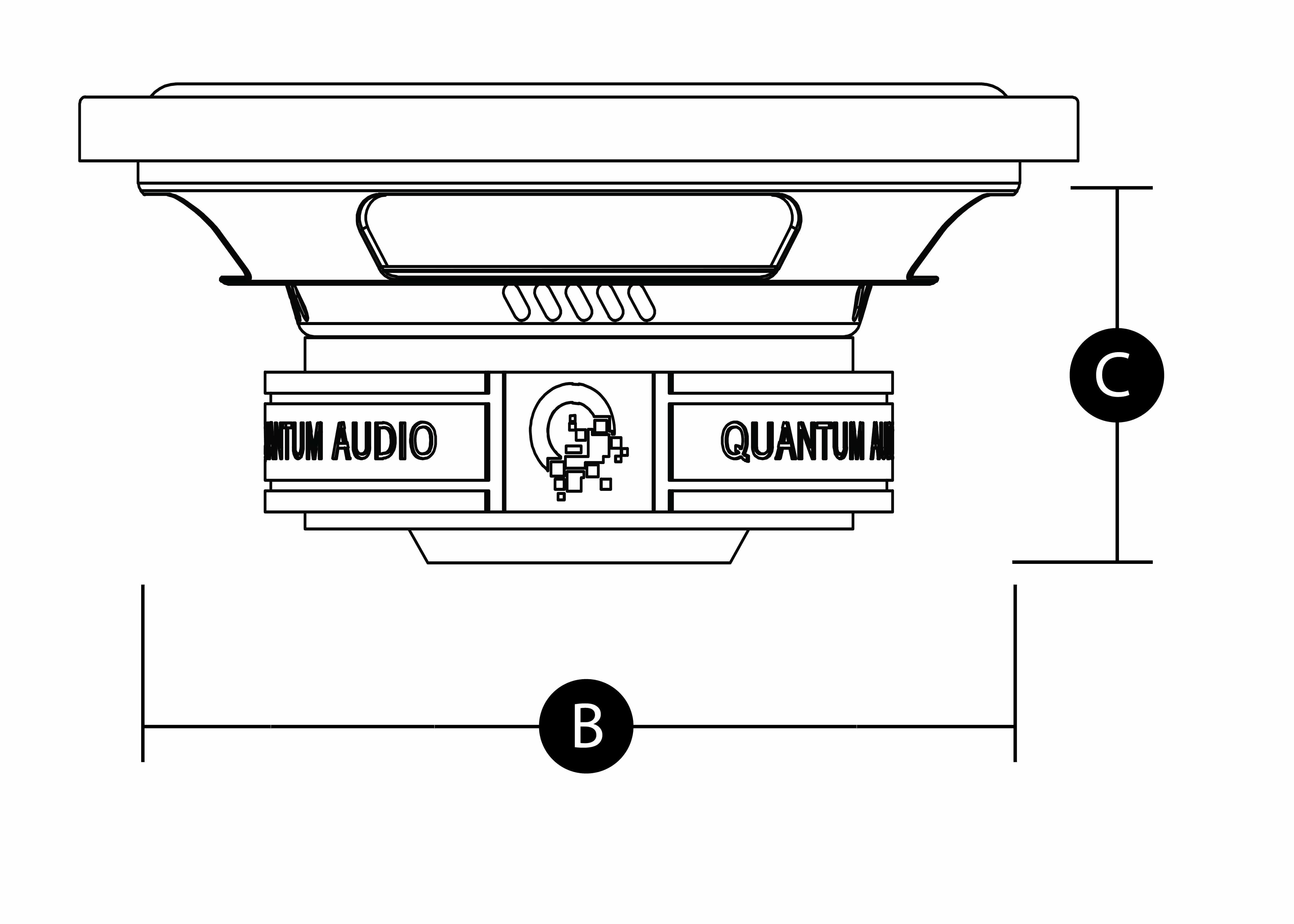
| Outside Diameter (A) | 10.39″ (264mm) |
| Cutout Diameter (B) | 9.41″ (239mm) |
| Mounting Depth (C) | 5.33″ (135.5mm) |
| General Specifications | |
|---|---|
| Structure | 10″ (25.4cm) Woofer |
| Dynamic Power Handling | 1200 Watts |
| Nominal Power Handling | 300 Watts |
| Impedance | Dual 4Ω Voice Coil |
| Parameters | |
|---|---|
| Resonant Frequency (fs) | 45.6Hz |
| D.C. Voice Coil Resistance (Re) | 6.4Ω |
| Mechanical Quality Factor (Qms) | 5.58 |
| Electrical Quality Factor (Qes) | 0.5 |
| Total Quality Factor (Qts) | 0.46 |
| Mass of Diaphragm/Coil (Mms) | 86.0 g |
| Force Factor (Bl) | 17.8 |
| Sound Pressure Level (SPL) | 87.1dB |
Recommended Enclosures
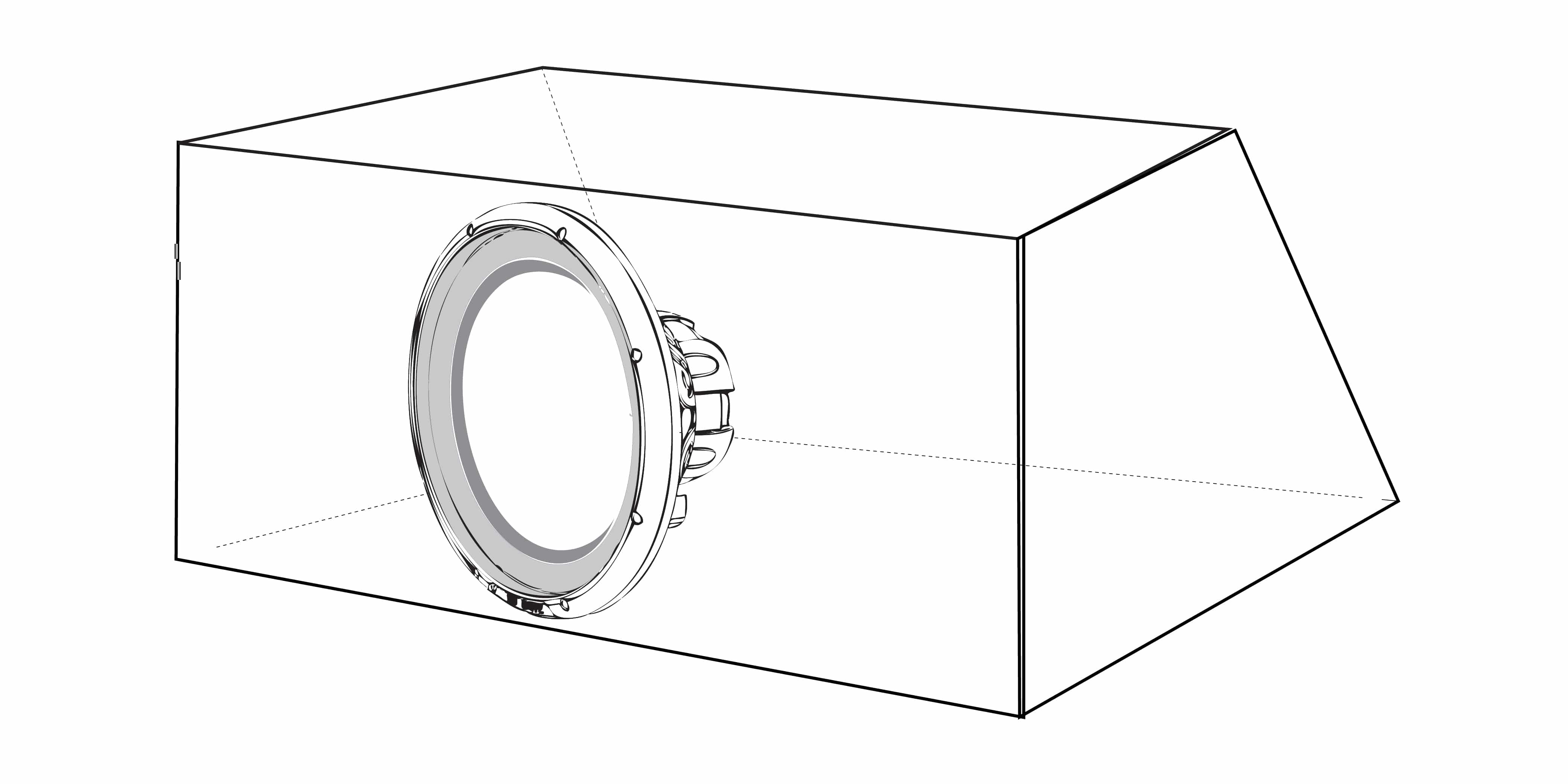
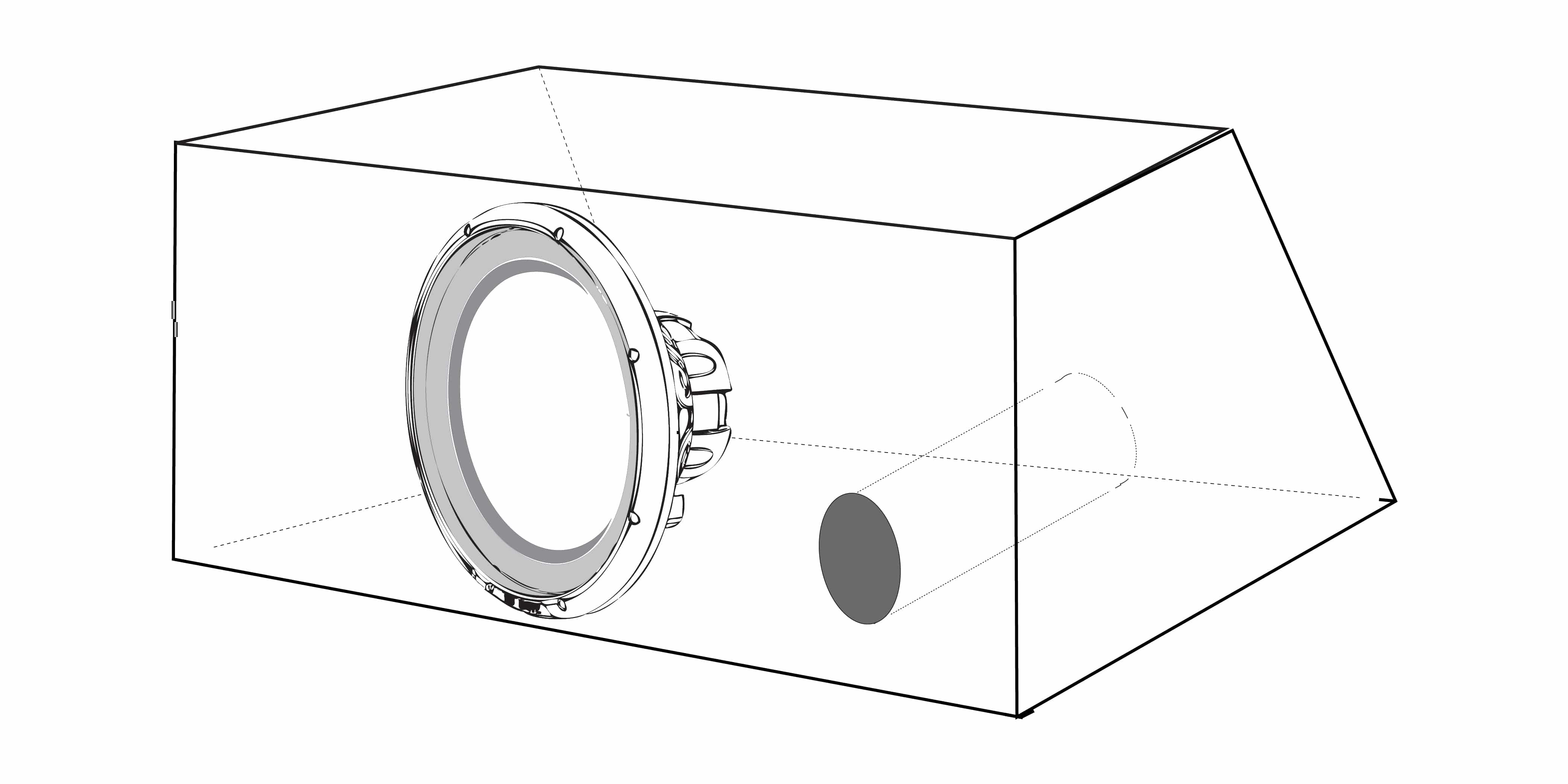
| Woofer Cut-out | 9.41″ (239mm) |
| Mounting Depth | 5.33″ (135.5mm) |
| Sealed Box | 0.6 ft3 (16.99L) |
| Vented Box | Not Recomended |
| Dynamic Power | 1200 Watts |
| Nominal Power | 300 Watts |
Wiring Configuration
You can change the wiring configuration of your speakers (Series, Parallel and Series / Parallel) to match the impedance loads that maximizes the power output of you amplifier. Wiring the same woofer or multiple woofers in these three different wiring configurations will result in different impedance loads.
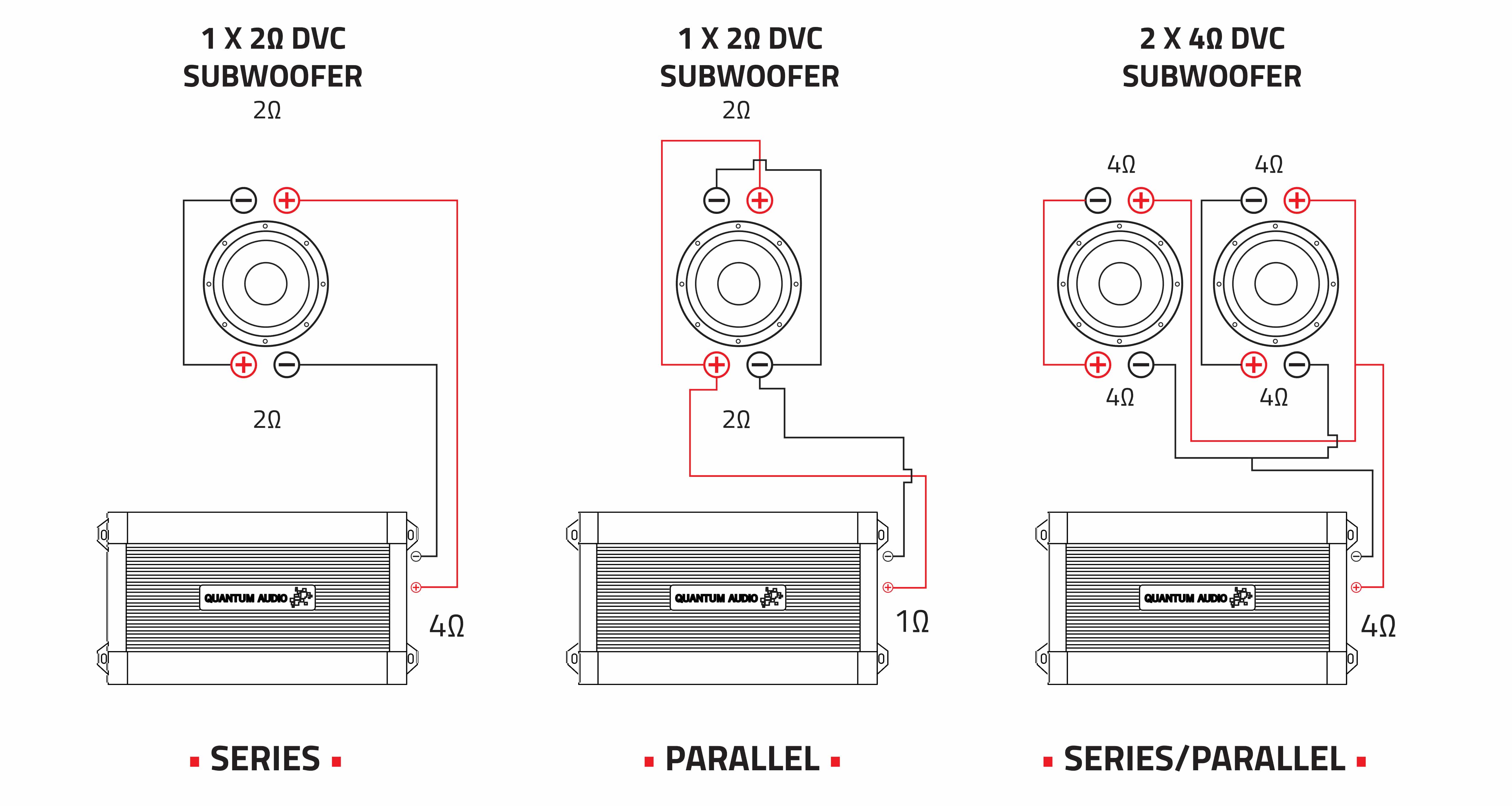
Series: Is the method of wiring of alternate positive with negative terminals (string method) (Illustration below)
Parallel:Is the method of wiring where you wire match 2 speaker terminals with positive to positive terminal and negative to negative. (Illustration below)
Series/Parallel: This configuration is a combination of both series and parallel. We recommend series for the terminal and parallel for the leads to amp. (Illustration below).
4 Ohm DVC Configuration
